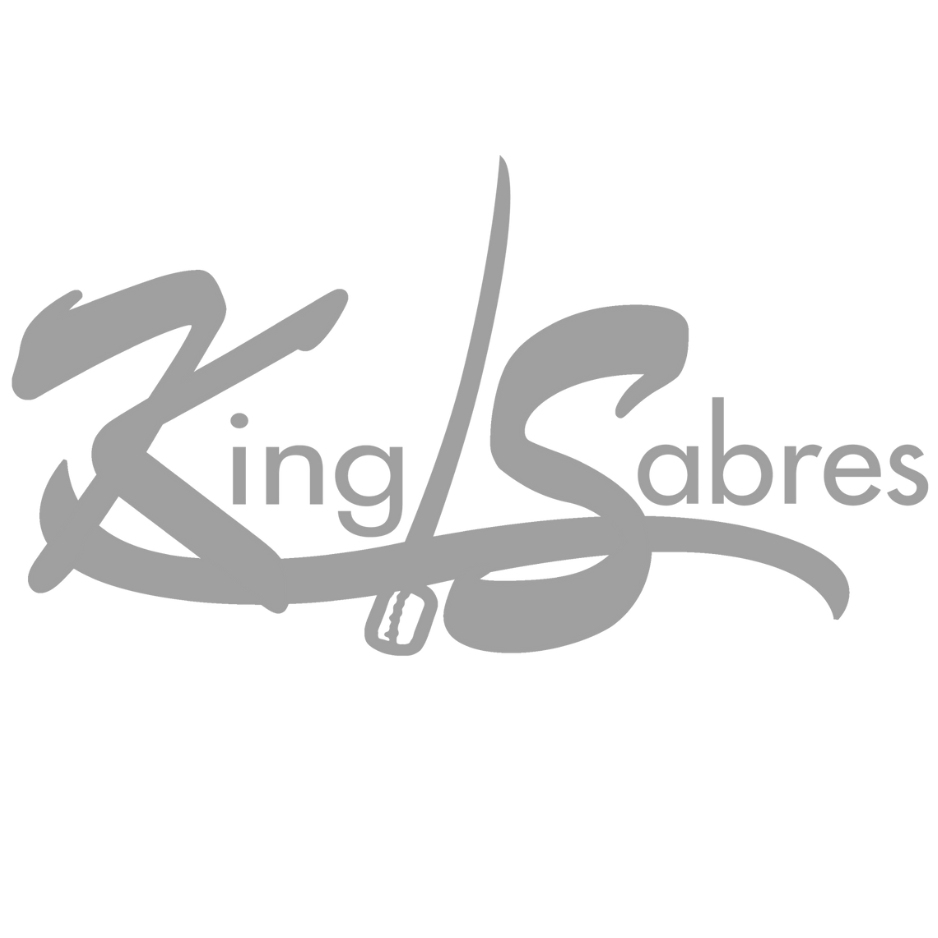By Trudy Horsting
Are you a winds director who has been considering using visual performers in your next program? Director of Evidence from William Carey University (WIA), Jeremy Morgan, spoke with us to help shed some insight on the process. He has had extreme success utilizing visual performers, presenting a spectacular production in 2019. Here, he shares his perspective on the decision-making process, the benefits, and the challenges of utilizing this type of performer in a winds ensemble.
Evidence from William Carey University
William Carey University’s 2019 production was titled “Paparazzi”: a social commentary on the infiltration of social media on our lives, representing the introspective struggle of a girl attempting to understand herself as an individual.
Director Jeremy Morgan explains that the incorporation of visual performers in his ensemble helped to tell the story he was trying to portray. One solo performer was often separated from the rest in order to give the audience and the judges a single person to focus on and connect with. This performer also had the first costume change of the show, switching from a muted tone to a bright color. The rest of the ensemble followed suit as the show progressed, changing from black and newspaper print uniforms to a brightly colored display. Throughout the majority of the production, the entire cast wore a mask; and, on the last note of the show, they finally removed them. These metaphors represented the shift in the soloist’s perception of who she was. Finally, she was no longer trying to depict herself in a way that would adhere to societal standards. Despite “living life on a stage,” she now realized she was her own unique character.
Examining Purpose
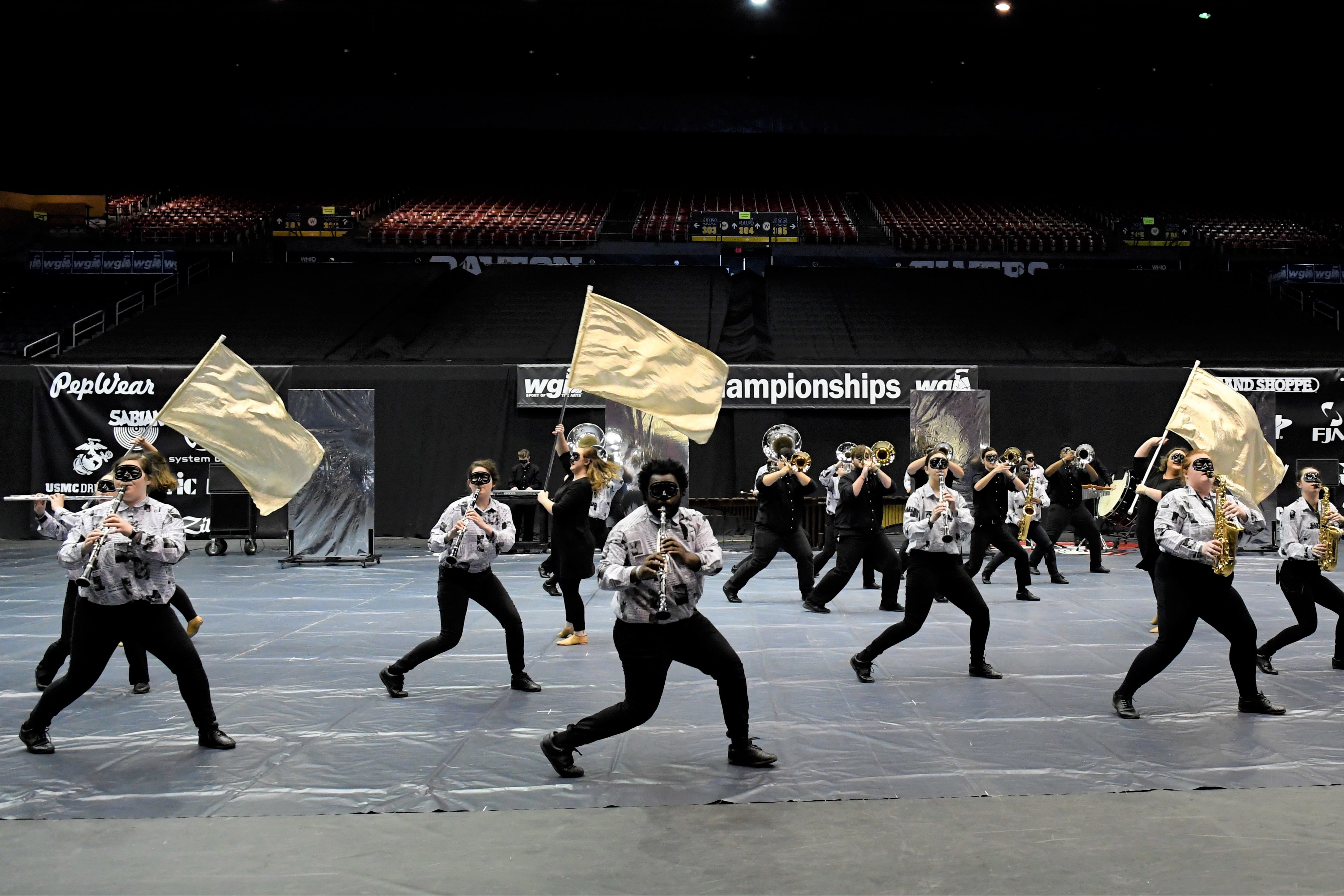 Morgan encourages winds groups to closely examine their purpose as they decide who to include in their ensemble, asking questions, such as “Why was our group formed?” and “What are our goals?” Then, they must determine how to best accomplish these goals.
Morgan encourages winds groups to closely examine their purpose as they decide who to include in their ensemble, asking questions, such as “Why was our group formed?” and “What are our goals?” Then, they must determine how to best accomplish these goals.
Given William Carey University’s nationally accredited school of music, it’s unsurprising that majority of students in his WGI group are music education majors (including two of their four 2019 visual performers). Not to mention, the composition of his student body strongly influenced his decision to form the WGI Winds group back in 2018. With both of these factors in mind, Morgan strives to provide a tangible opportunity for students to be involved in the education process while they’re an undergraduate.
As part of the educational experience, the visual performers in his group were allowed to write their own choreography for the show and even contributed to the design discussion. Morgan said he believes that not only are students more invested if their ideas have been incorporated, but it provides them an opportunity to be a part of the decision-making process before they begin working with their own groups. Of course, Morgan and the staff always have final say on the design, choreography, and staging, but Morgan believes the inclusion of the student voice strongly enhances his ensemble.
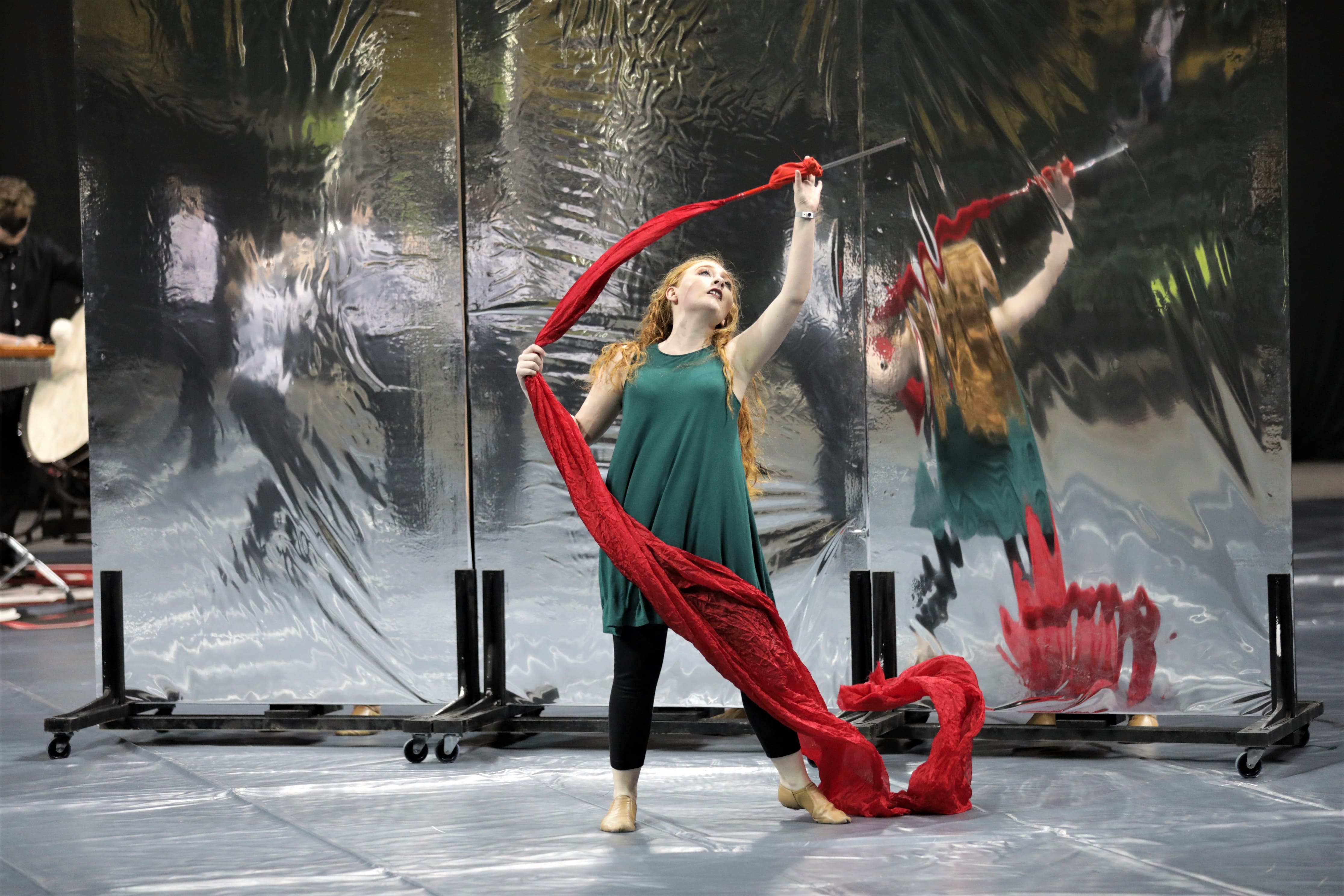 “WGI is growing so much that we are doing future music educators a disservice to not educate them about the organization and the opportunities it creates,” states Morgan.
“WGI is growing so much that we are doing future music educators a disservice to not educate them about the organization and the opportunities it creates,” states Morgan.
Morgan said his students had so much fun in 2019 playing a popular song “High Hopes” by Panic! at the Disco. That’s not something that they would typically be able to play in an academic setting. He continues, “It’s not that concert and symphonic band aren’t important, but it’s also important to understand that times are changing and as they change, so do the available opportunities.”
Morgan’s priority and purpose as a director/educator is to provide his students every experience possible to help prepare them for their future careers. Maybe your purpose is creating a training program for younger color guard performers who aren’t quite ready to be a part of your WGI guard team; or perhaps your goal is to just to put on a fun, entertaining production—the opportunities are seemingly limitless.
Examining Role
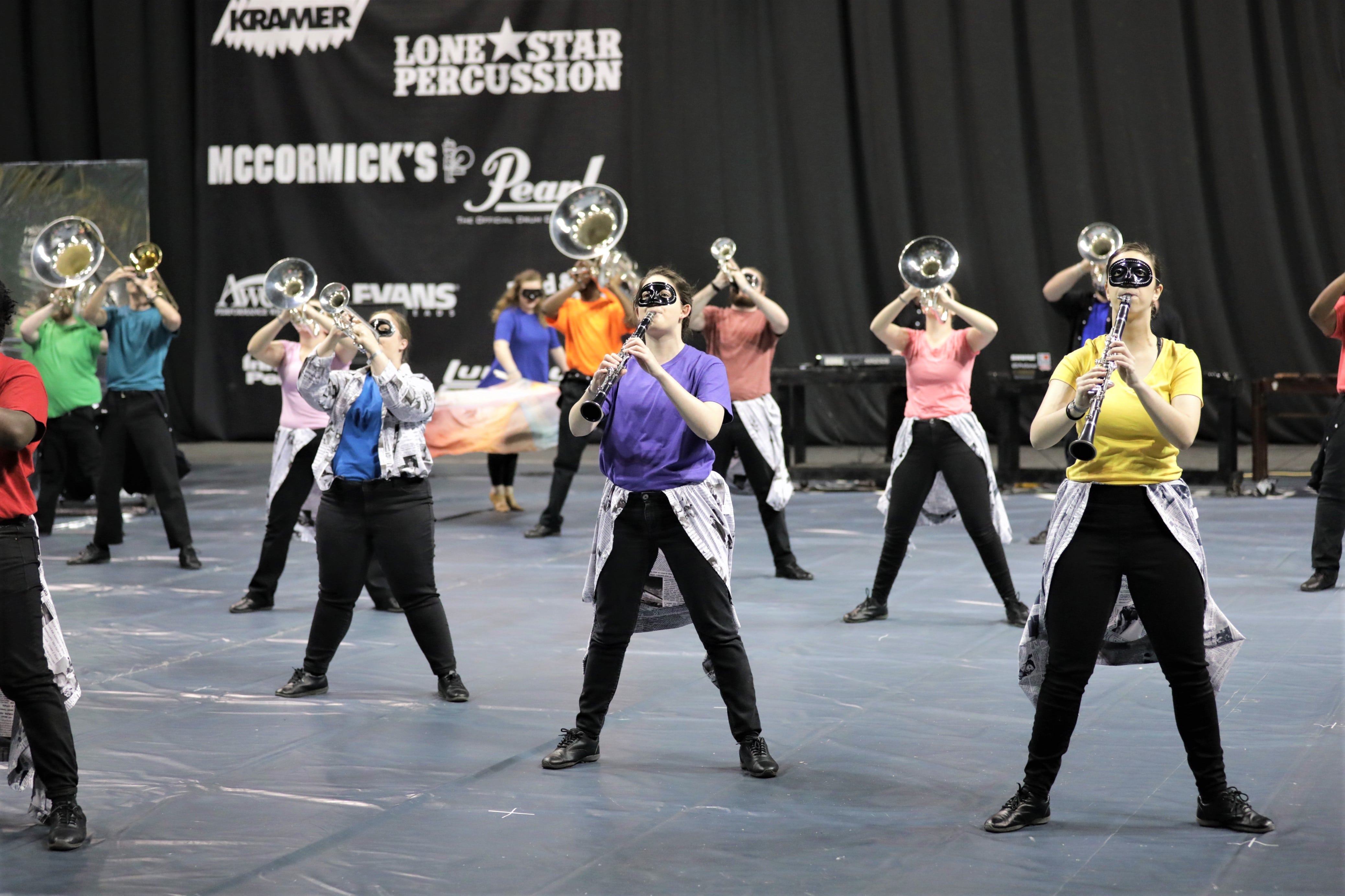 Morgan notes that the role of a visual performer in a winds group needs to be clearly examined before the season begins. This not only ensures that these performers will add value to the production, but also that these performers will feel valued, themselves.
Morgan notes that the role of a visual performer in a winds group needs to be clearly examined before the season begins. This not only ensures that these performers will add value to the production, but also that these performers will feel valued, themselves.
He says that visual performers should support the overall purpose of the program. He also mentions that it’s important to remember that while visual performers may be the main focal point at times, they should not depict the primary role of the production as a whole. There must be a balance in terms of how much exposure visual performers have, just as there must be highs and lows sonically. This can be finessed with how many performers are utilized in total and how frequently they are used on the floor. Staging is essential for explaining the story and symbolism to both the audience and the judges. Equipment choice can also help to tell the story. For instance, in their 2018 program about heroes, rifles made sense. This year, the visual performers spun different types of equipment to represent individuality. Morgan also used his visual performers to move props during the show so that he could change the setup without sacrificing musicality.
Morgan discusses the show concept in depth at auditions, explaining the role of each type of performer and how they fit into the overall picture. He thinks this breakdown helps the students understand at the beginning that it is not about them as an individual at all, but about the story they are trying to portray together.
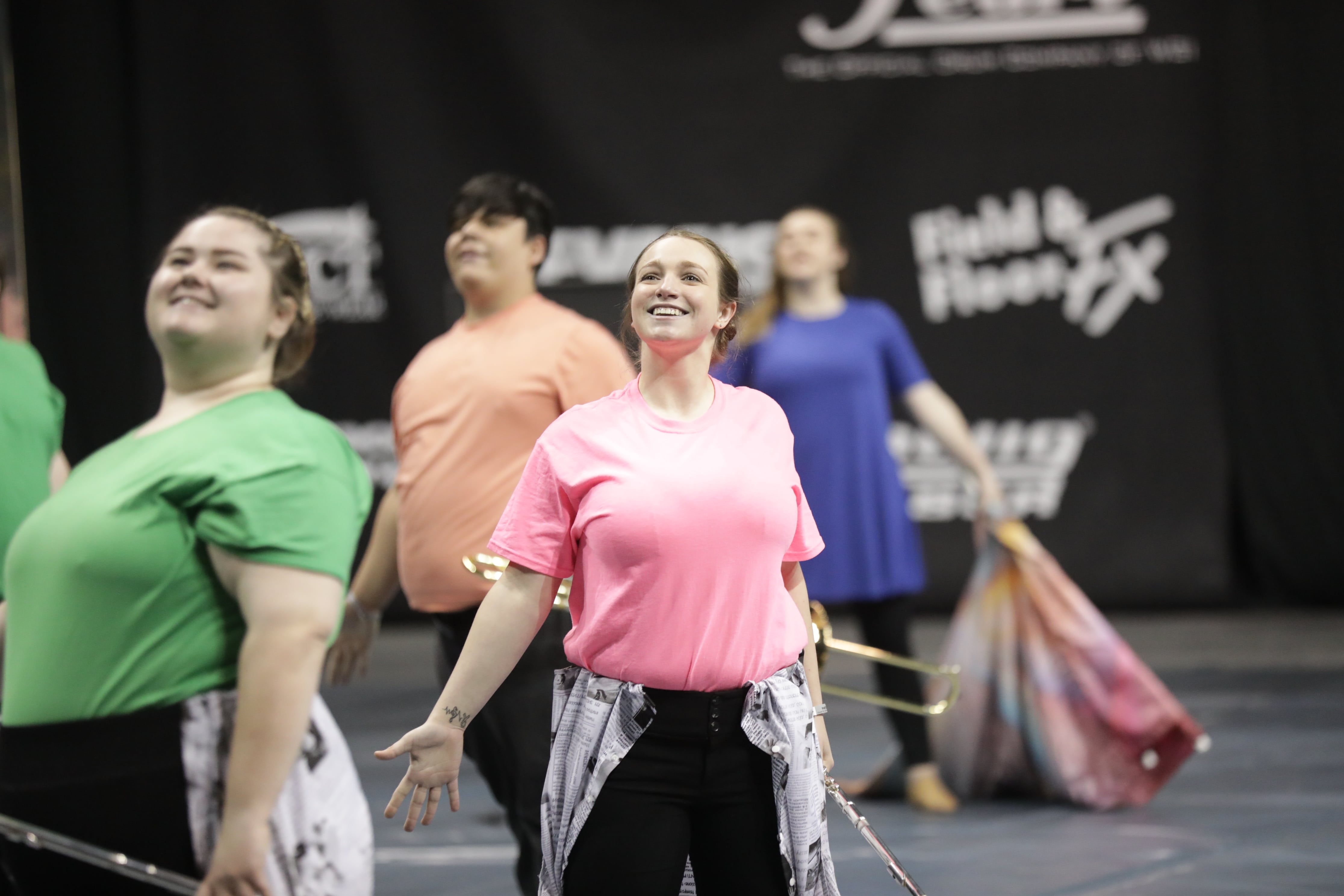 Every single member of the ensemble goes through the same audition process, which includes acting exercises and dance. In fact, they don’t play a single note on their instruments. Morgan and his staff already know how their students play through their participation in other ensembles, such as their 100-strong indoor marching band. Rather, they want to see how the students will fit into the winter program in other ways.
Every single member of the ensemble goes through the same audition process, which includes acting exercises and dance. In fact, they don’t play a single note on their instruments. Morgan and his staff already know how their students play through their participation in other ensembles, such as their 100-strong indoor marching band. Rather, they want to see how the students will fit into the winter program in other ways.
Morgan explains that this also helps everyone understand that, while they each may contribute something unique, they are all on the same level, working to accomplish the same goal.
Looking Forward
Morgan’s overall experience utilizing visual performers in his winds productions over the past two years has been overwhelmingly positive. He states, “They’ve been valuable, they’ve really enjoyed it, and everyone has benefited from the decision.” Due to this positive outcome, he reveals that he is likely to incorporate visual performers in every show he designs in the future.
Ultimately, the winds activity itself is multidisciplinary. It can combine acting, dancing, playing, and spinning—and while each group must decide what the best choice is for them, Morgan’s goal is to “Provide the opportunity to perform to as many people as possible through as many ensembles as possible.”
Concluding Thoughts
It is clear that there are many ways that visual performers can enhance a winds production. The beauty of the visual process is the freedom that accompanies it. Your visual performers may solely dance, act, or spin; they may be on the floor for the entire production, or just for a singular moment. But these testimonies from Morgan make it evident that, no matter how you may choose to incorporate these individuals, you have the potential to enhance not only your story, but young performers’ educational growth.
Check out this ensemble at https://www.wmcarey.edu/school/music-and-ministry-studies!
About the Author
















